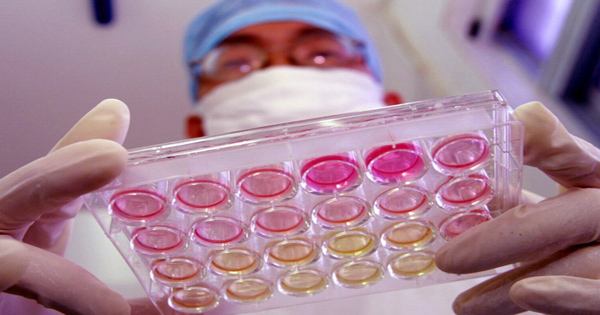Many of us rely on smartphones for everything from taxi orders to finding a boyfriend and producing about 1.5 billion phones each year, it almost stopped anyone from asking about time what was in them. To answer this question, researchers put an iPhone in a blender and analyzed the chemical in an apple smoothie, which yielded some alarming results.
There’s a famous song that says that when that hotline will be belligerent it can only mean one thing – and scientists from Plymouth University have now revealed what it is: the spread of regional strife and the depletion of the earth’s resources. Actually, it’s two things, so the song was wrong.
Although the phone had the most abundant content of iron and silicon, the team also received 900 mg of tungsten and 70 mg of cobalt, both of which were often mined in conflict zones.
Tungsten is particularly troublesome and one of the most notorious conflict minerals. It is extracted from an ore called wolframite, which is mined extensively in the Democratic Republic of the Congo (DRC) and sold to technology companies to fund armed groups and maintain local strife.
Most of the wolframite was taken from unregulated and regulated mining sites in the DRC, passing through various intermediaries before falling into the hands of technology companies, meaning that the source of raw materials in the supply chain has become inevitable. Although the Dodd-Frank Act requires all American companies to prove that any tungsten they buy is conflict-free, in reality, it is virtually impossible.
To produce just one phone, 7kg (15.4 lbs) of high-grade gold ore needs to be lifted from the ground, as well as 750 grams (1.65 lbs) of tungsten ore, which gives an idea of how much the telecommunications industry needs to purchase. The mixed phone also had the presence of 36 milligrams of gold, meaning it was 10 times the density of gold to make it look “high grade”. Like tungsten, gold tin, and tantalum, as well as gold, one of the four major opposing metals in the world combined, these four resources are known as 3G minerals.
The phone also contained a few rare earth elements such as neodymium, praseodymium, gadolinium, and dysprosium. These materials are highly coveted by technology manufacturers due to their magnetism and conductivity and are used to improve the performance of all types of gadgets.
Many are mined in Mongolia, yet there are fears that the country’s rare earth material supply could run out in the next 50 years. Yet as the name implies, these elements are scarce and resources are at risk of depletion.
“We’re now in a climate where people are becoming more socially responsible and interested in the content of what they’re buying,” Project coordinator Colin Wilkins said in a statement.
Lighting a positive ray of light on these discoveries, he added, “The cast society we’ve lived in for decades is changing, and we hope this project will encourage more people to ask questions about their behavior.” Of course, sometimes when that hotline is billing it’s just a loot call.
















